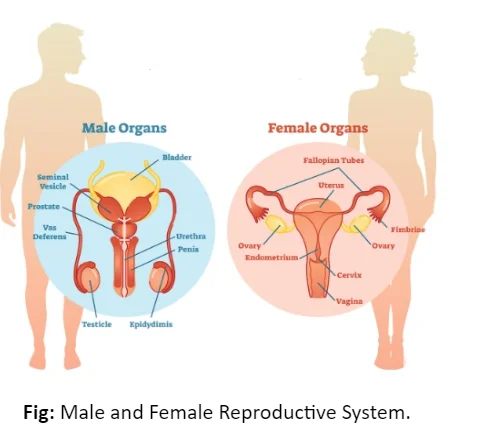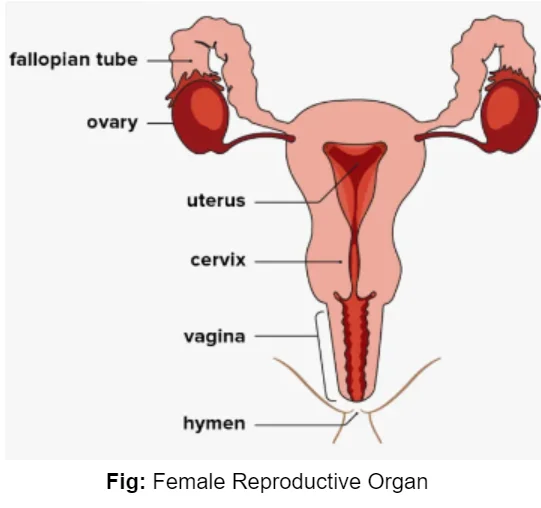![]() June 5, 2024
June 5, 2024
![]() 1996
1996
![]() 0
0
The reproductive system in humans shows clear differences between males and females, both structurally and functionally. Its main role is to produce male and female gametes, sperm, and secondary oocytes, respectively. The male reproductive organs, such as the scrotum, penis, and testes, are mostly external. In contrast, the female reproductive organs, including the vagina, cervix, uterus, fallopian tubes, and ovaries, are internal and controlled by hormones like progesterone and estrogen.


|
| Must Read | |
| Current Affairs | Editorial Analysis |
| Upsc Notes | Upsc Blogs |
| NCERT Notes | Free Main Answer Writing |
Conclusion
<div class="new-fform">
</div>
Latest Comments